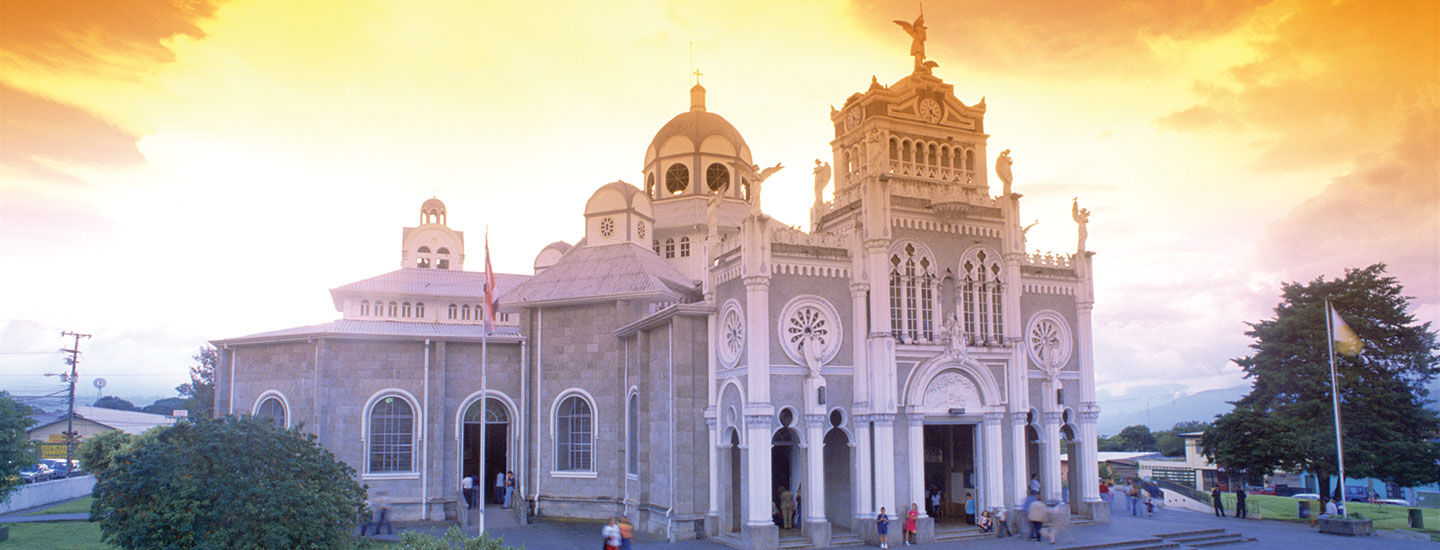
Cartago
Cartago Province
Also known as the Ancient Metropoli, Cartago was the capital of Costa Rica until 1823, when this title was transferred to the city of San José. It is a relatively small province, with barely 3.124 km2 and almost 35,000 inhabitants.
It is perhaps Costa Rica’s most important area in matters of colonial art. The best example is the temple of Orosi, dating back to 1743, a historical jewel that was witness to the birth of a nation.
Cartago has a humid, tropical climate. Its mountain system is made up of two mountain ranges: the Central, which is where we find the Irazú and Turrialba volcanoes, and the Talamanca mountain range. The imposing Cerro Chirripó, the highest point in Costa Rica, is located here, at 3,600 meters over sea level.
Cartago is a land of traditions and religions. To the north we find the national monument of Guayabo, located on the outskirts of the town of Turrialba. In Guayabo, visitors may admire the enigmatic constructions, dating back to Pre-Colombian times. It’s one of the largest archeological areas discovered in the country. Mounds, bridges, plazas and highways, as well as an aqueduct that is still working, are some of the remains of ancient cultures.
Pilgrimage to Our Lady of the Angels Basilica at the center of the city of Cartago is the most important religious activity of Costa Rica. Celebrated each August 2nd, it is attended by millions of people from all around the country.
Nevertheless, the main attraction of Cartago could be the Irazú volcano, a splendid giant which still remains active and that, with its five craters, gather thousands of tourists yearly. It is the volcano found at highest altitude in the country, 3.432 meters over sea level. Several rivers nurturing the basins of others, like Chirripó, Reventazón, Sarapiquí, and Grande de Tárcoles are born here.
